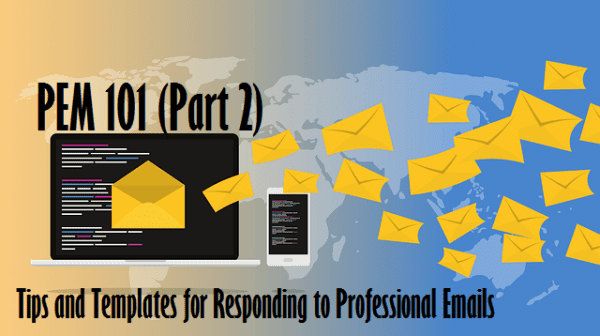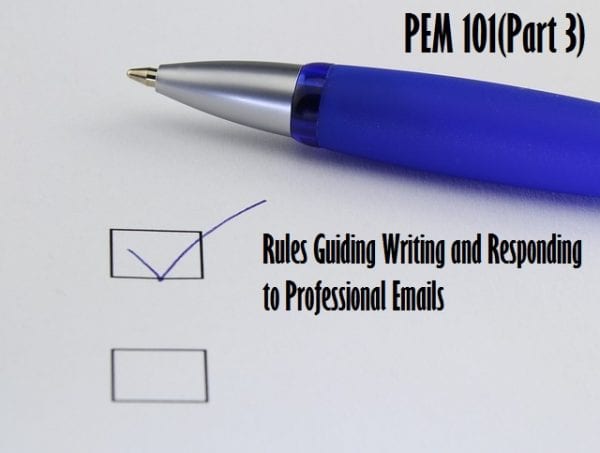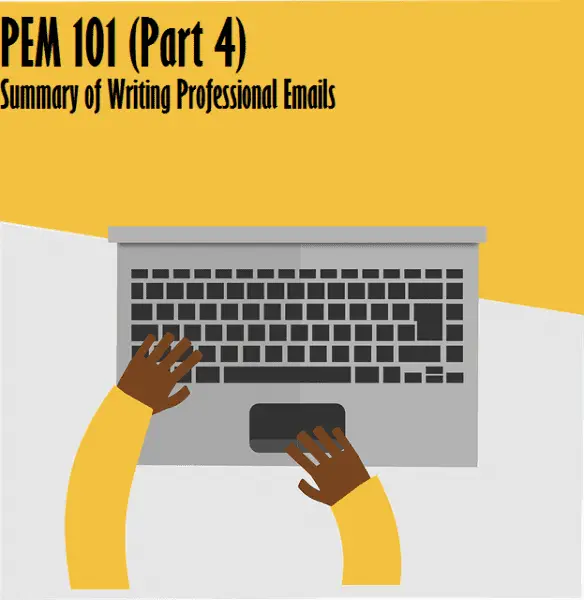Do you want to get results after writing and sending emails to your clients and prospects? Well, the truth is that you shouldn’t aspire to just write but strive to write emails that compel outstanding and positive results. Here are few tips on how to write result oriented emails.
Write Captivating Subject Lines
Captivating subject lines work like wildfire. They spring up interest in prospects about the message of your email itself. The best way to make your subject line captivating is to write it in a clear and sensible way. Don’t make it a rumble of written words without meaning. Be inventive, creative and positive.
Use Attractive Introductions
The way you start an email is going to affect your prospect’s interest either positively or negatively. Start your email by making your writer interested in the message you intend to pass across. Make it simple and captivating. You can spring up a reader’s interest through the way you start your email. Start well to make your recipient interested.
Sustain The Recipient’s Interest
It is not enough to create an interest of reading your email through an attractive introduction. You need to sustain the reader’s interest in the body of your email. There are remarkable steps to take in sustaining your prospect’s interest.
The first step is to make a research on the interest of your reader. Don’t write the email by placing the reader in isolation. Make findings about the reader that will motivate you to write what will sustain the recipient’s interest while reading through your email. After the research, make a list of the reader’s interest.
How can you achieve this?
Let’s examine the practical example of Ms. Williams, a customer of Winnie Management. As the sales director, you’ve been sharing correspondences with Ms. Williams. The first step to take is to examine those correspondences with an aim to study her interests. You could come up with the list about this customer’s personal interest thus.
- Values existing relationships
- Interested in new ideas on business advancement
- Creates interest in costs reduction
The above points define the interest of Ms. Williams. After listing out these interests through the correspondences, you can create a workable plan for your email.
Make an outline that will guide you on how to write an email that will sustain your reader’s interest. We will continue with the example of a customer by name Ms. Williams, who is receiving a follow-up email on a business discussion. The sender is already aware of the customer’s interest through a previous meeting. The follow-up email outline should be highlighted thus.
- Thank the prospect for the meeting
- Talk about her idea for sales
- Appreciate her business views such as the value of existing relationships and new ideas on business advancement
- Make an arrangement for another meeting
The outline created above is your guide on writing the email fully. Ensure you jot your ideas as they come. It is not necessary they are ordered but ensure you organize the thoughts in the email. Order the thoughts in paragraphs that are well-connected. Make it a reasonable email with a flowing pattern of thoughts. This will keep your email at the peak of the reader’s mind. Here is the sample of the main email.
Dear Ms. Williams,
Thanks for the time you created for the meeting yesterday. It was a great time discussing business with you.
During our meeting, you suggested creating a database for the sales of our recent products and getting newer links through the recent network base.
I appreciate your business views of ensuring frequent advancement in sales and your sociable perspective and value for existing relationships.
I will put a call to you next week to arrange lunch together as you suggested in our last meeting. Thanks again for the time. I look forward to doing business with you.
Sincerely
Brown Ronald
A well-written and organized email like the sample above is result-oriented.
Keep It Simple And Short
Don’t make too long sentences that will bore your reader. Make simple and short sentences that will be easy to understand. Avoid ambiguity in your statements. There are some statements that will sound meaningless to a recipient because they have more than one meaning.
I write to state the reasons behind the professional state and lapses described in the newsletters that were sent to all customers from the beginning of the month to this day and we will appreciate your consented concerns.
Taking a look at the above example, the sentence above is too long and ambiguous. After reading an email with a sentence like this, the recipient will be bored and not get any message. It is an empty content. Make your sentences short and clear. The sentence can be clearly written thus without an unnecessary mingling of words.
I write to state the reasons for some lapses in our delivery. These were duly explained in our newsletters which were distributed via email since the month began. We will appreciate your response in a short time.
This is clear and professional. There is no grammatical instability and ambiguity. It is a result oriented email.







